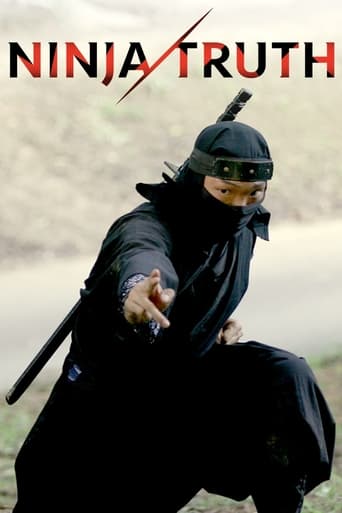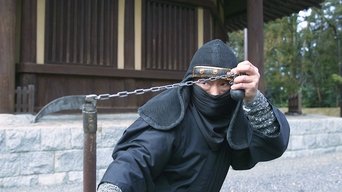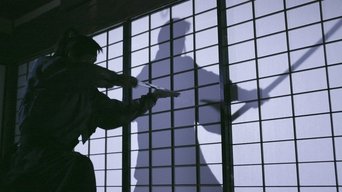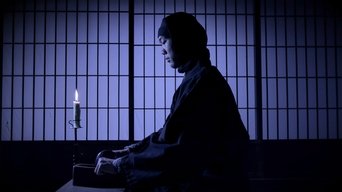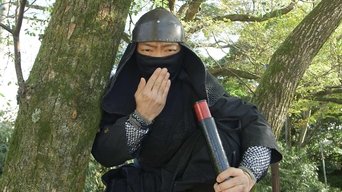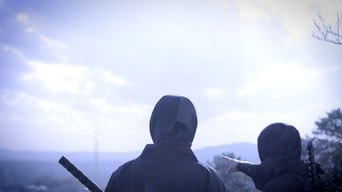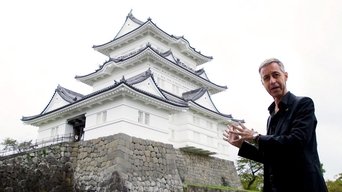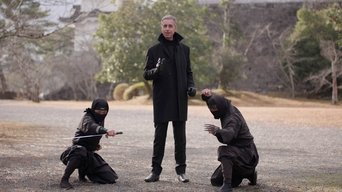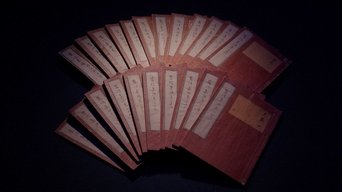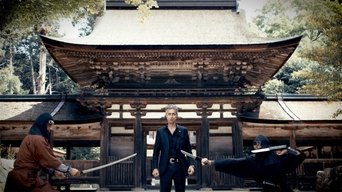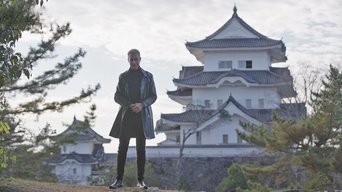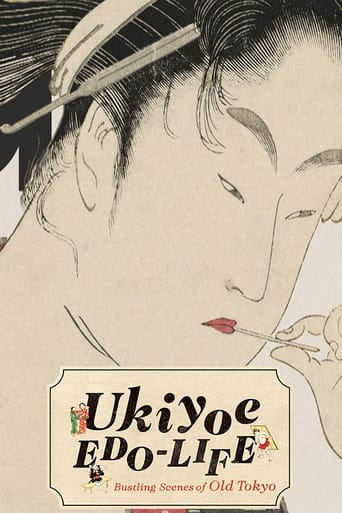NINJA TRUTH (2018)
NINJA TRUTH
2018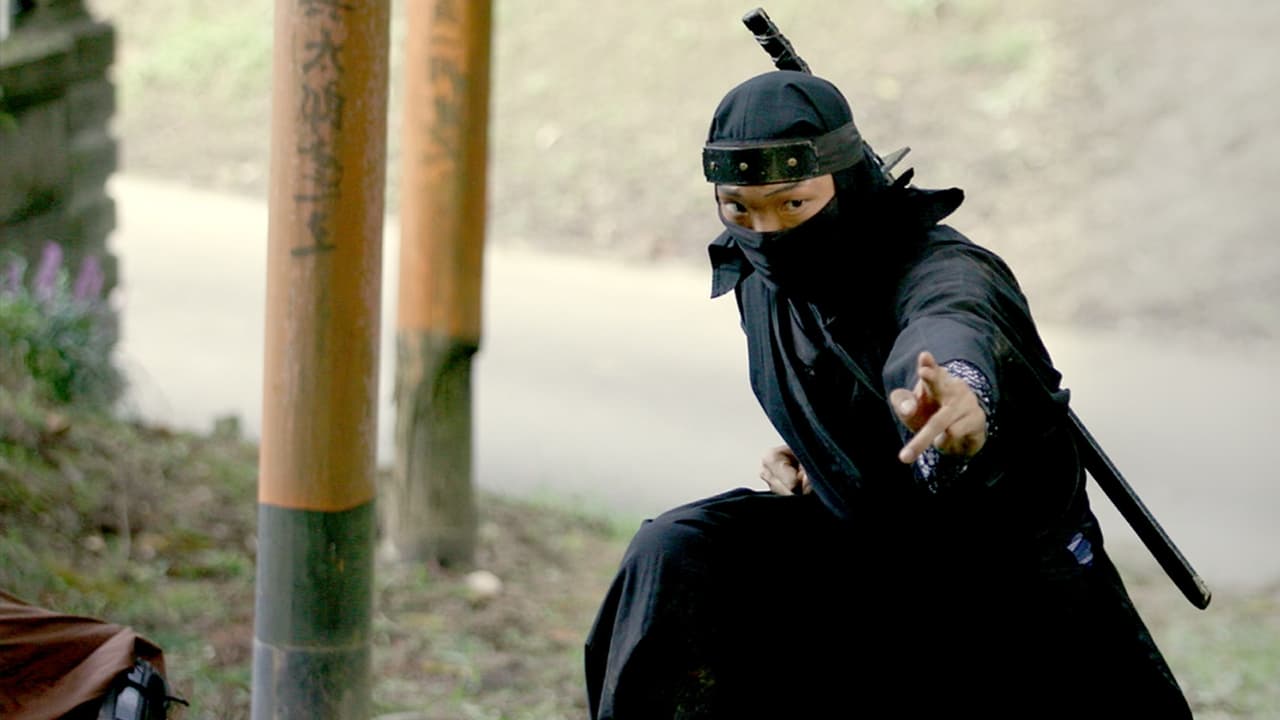
Ninja are now seen in popular media around the world. But as their profile rises, their reality gets muddied amid legends and fantasies. The truth about authentic ninja lies unknown, shrouded in mystery. This program carefully examines the fighting skills and tools used by actual ninja, and conducts experiments to determine the "Ninja Truth".
Seasons & Episode
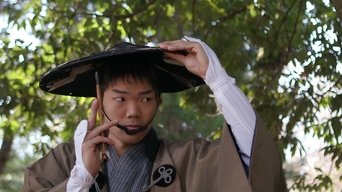
The ninja used various tools and weapons on their secret missions. To protect themselves in dangerous situations, they used concealed weapons. Portable and hidden from view, some were even disguised as ordinary items. In this episode, we'll feature concealed weapons including the amigasa, kakute, shikomi-tessen, and how they were used. We'll also join a ninja expert and recreate hyorogan, the ultimate ninja ration, to learn the secrets behind its ingredients.
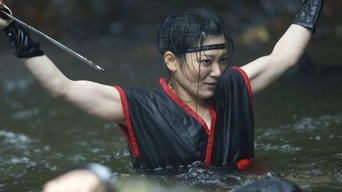
Before modern times, the ninja worked secretly in the shadows, and a particularly shadowy figure is the female ninja or Kunoichi. While often portrayed as female spies, we're left with only hints and speculations about them. Based on passages from the "Bansenshukai," perhaps the most famous ninja manual, we investigate the history, mode of operation, and psychological tactics of the Kunoichi. Our search takes us to Tomi, a city in Nagano Prefecture where a mysterious female group once resided.
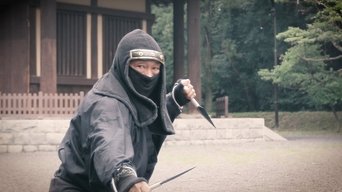
The ninja employed a wide range of tools to accomplish their missions. In this episode, we introduce the kunai and examine what it was made of and how it was used. With the help of a leading ninja researcher, we also recreate and test the ikibukuro, a previously unknown tool that is said to have enabled the ninja to perform tasks underwater.

Like all famous movie spies, the ninja had a wide array of spy tools at their disposal, and the shinobi rokugu were six tools that were considered essential for any mission. These include the yatate, inro, uchitake, sanjakutenugui, amigasa and kaginawa. We'll examine the purpose of each tool using action-packed reenactments. We'll also scientifically analyze how to master the kaginawa.

Well-versed in astronomy, biology and other fields of natural science, the ninja used their knowledge of botany to create both poison and medicine. Poison's portability and efficacy made it an ideal weapon, and we'll use reenactments to examine how the ninja wielded it. We'll also visit a company in Koka that continues production of a medicine passed down by the ninja.
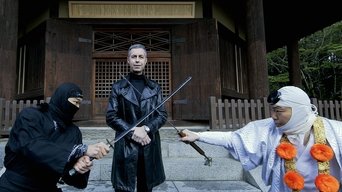
The ninja had two modes of operation: Innin and Yonin. Innin covered assassinations, sabotage and other covert operations requiring stealth, while Yonin covered operations performed in the open that required cunning. We'll examine the two using reenactments and also reconstruct a "saotokikigane" to determine the truth about this obscure listening device.
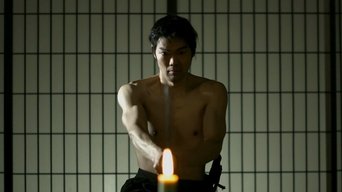
Jumping down from 15-meter heights. Running 100 kilometers in a day. These are just some of the feats that the ninja were said to be capable of. And if these are true, how did they acquire their physical strength, agility and mental fortitude? We'll meet with the last true ninja to learn about their training methods, and analyze a traditional running style that could make a comeback.

Although the ninja are known for working in the shadows, the early Edo period found them serving in one-hundred-man units. Join Chris Glenn and Professor Yuji Yamada as they explore Tokyo and visit sites associated with the ninja. Their tour―interspersed with reenactments―reveals the deep connection between the ninja and Edo, the old name for Tokyo.

The ninja art of escape, or tonsojutsu, frequently took advantage of the human psyche. We examine some ninja tactics and get a psychologist's perspective on them. In the latter half, we recreate a torinoko, a ninja tool that frequently appears in pop culture. Using the sparse information available, we experiment with varying blend ratios to smoke out the ninja truth.
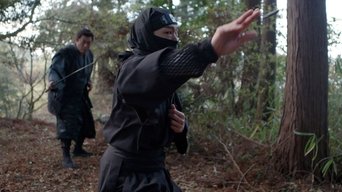
Ninja tools of clay and stone were unearthed at sixteenth-century archaeological sites. They were clay makibishi and stone tsubute. However, iron-working techniques were already well established by this time. So why did the ninja use these materials? Iwata Akihiro from Saitama Prefectural Ranzan Historical Museum believes the ninja used them as a last resort. In this episode, we explore how these ninja tools came about and recreate clay makibishi to see if they'll stand up to the test.
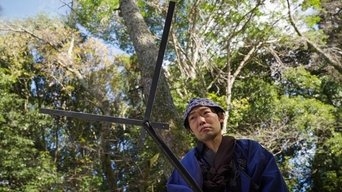
We meet with two specialists at the forefront of ninja research. In 2021, Fukushima Takamasa found the Kanrinseiyo. Known to exist but never seen before, it's said to be the source material for the famous ninja manual, the Bansenshukai. It reveals previously unknown information about the ninja, including group tactics, night infiltration methods and a new ninja tool. We also learn about the ancient manuscripts Professor Yuji Yamada discovered at the Library of Congress in the US.
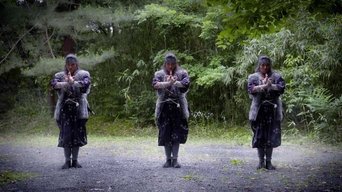
The modern image of the ninja—an agile shadow warrior with impressive techniques—is derived from a fictional ninja named Sarutobi Sasuke. Yet he, in turn, was inspired by the real-life Sanada ninja.
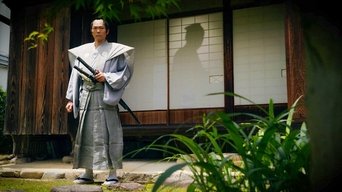
Join us as we uncover the secrets of the ninjas who helped the Tokugawa shoguns to maintain order by collecting intelligence and investigating cases of unrest among the populace.
Ninja are now seen in popular media around the world. But as their profile rises, their reality gets muddied amid legends and fantasies. The truth about authentic ninja lies unknown, shrouded in mystery. This program carefully examines the fighting skills and tools used by actual ninja, and conducts experiments to determine the "Ninja Truth".
Watch Trailer
Free Trial Channels


